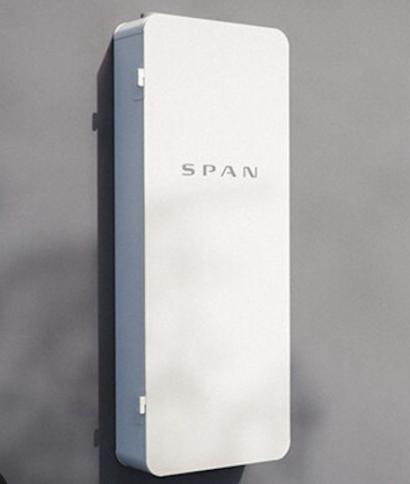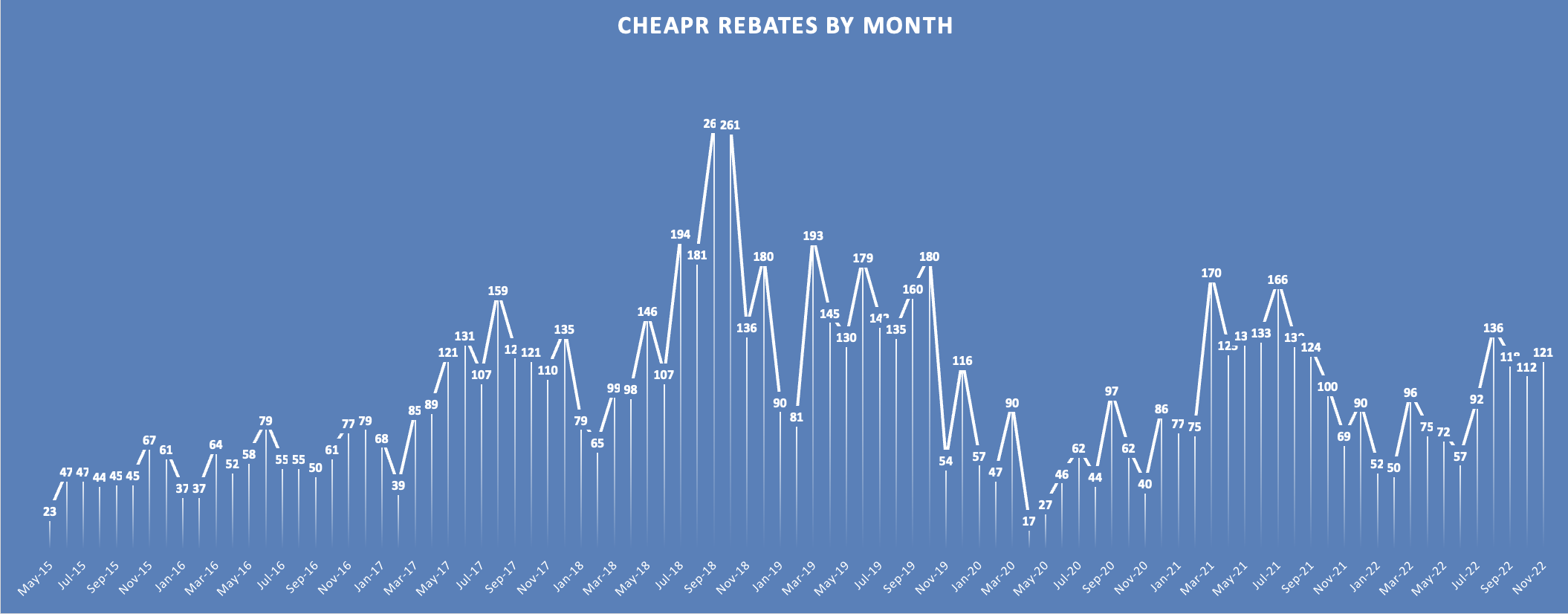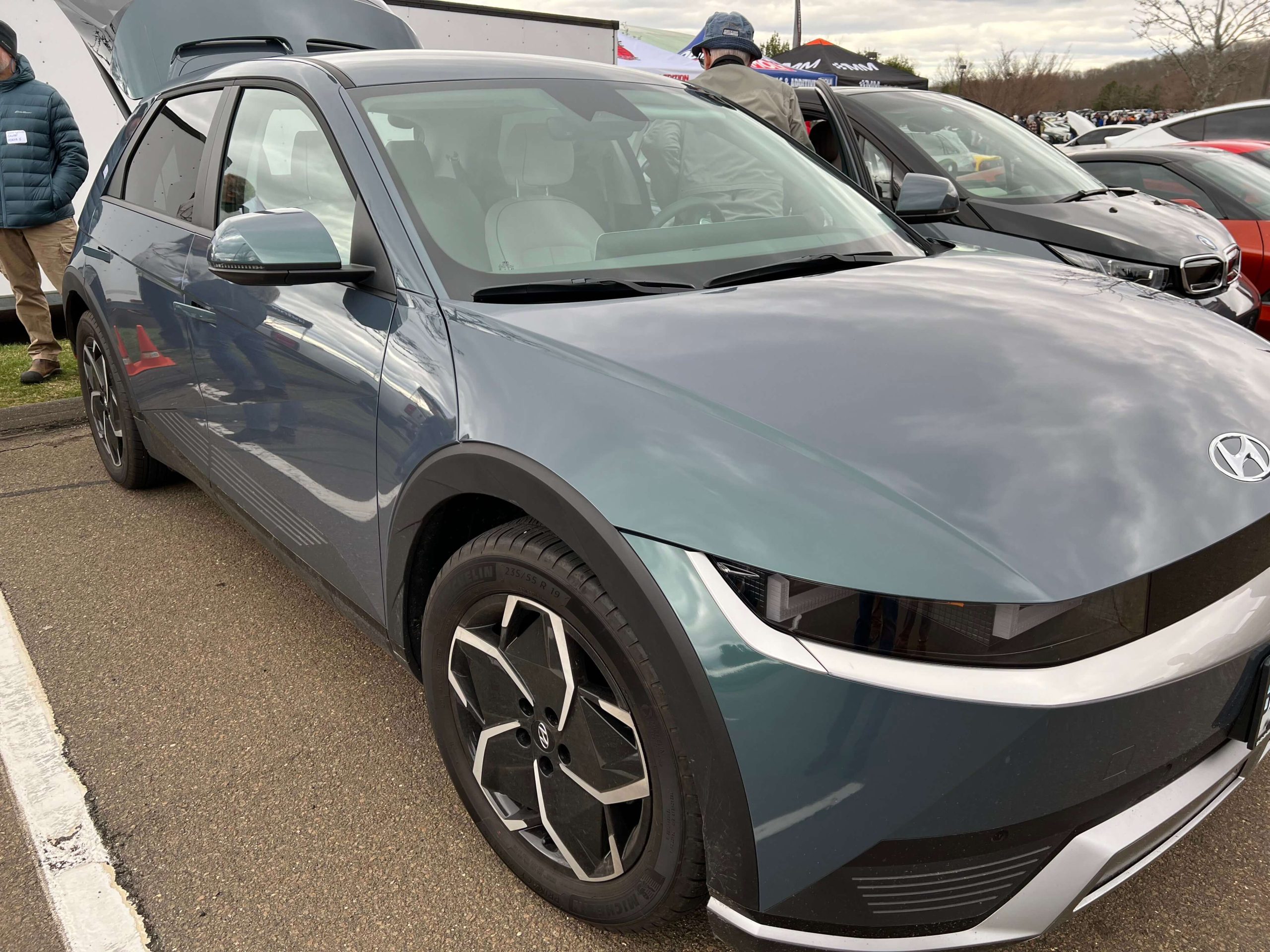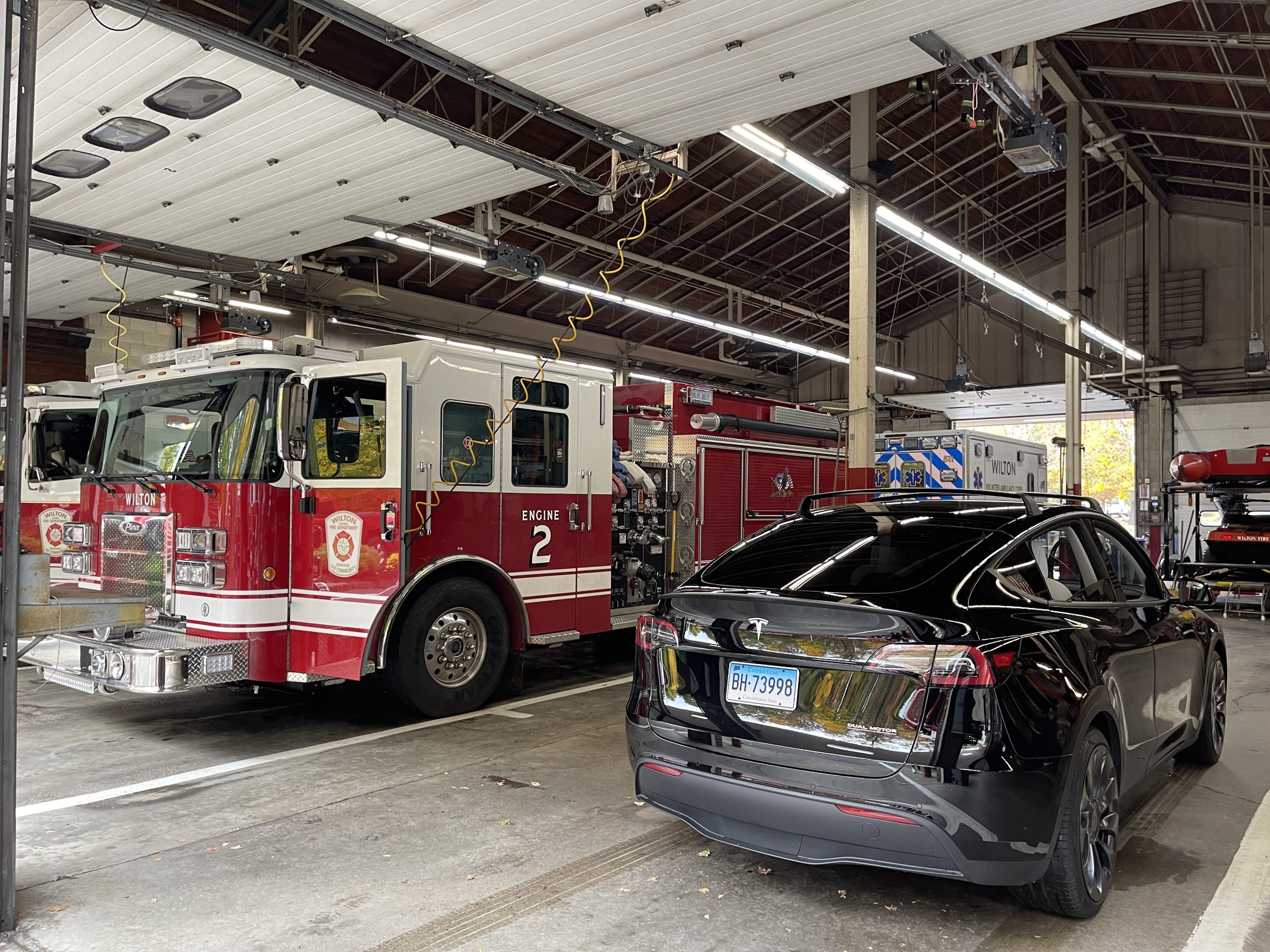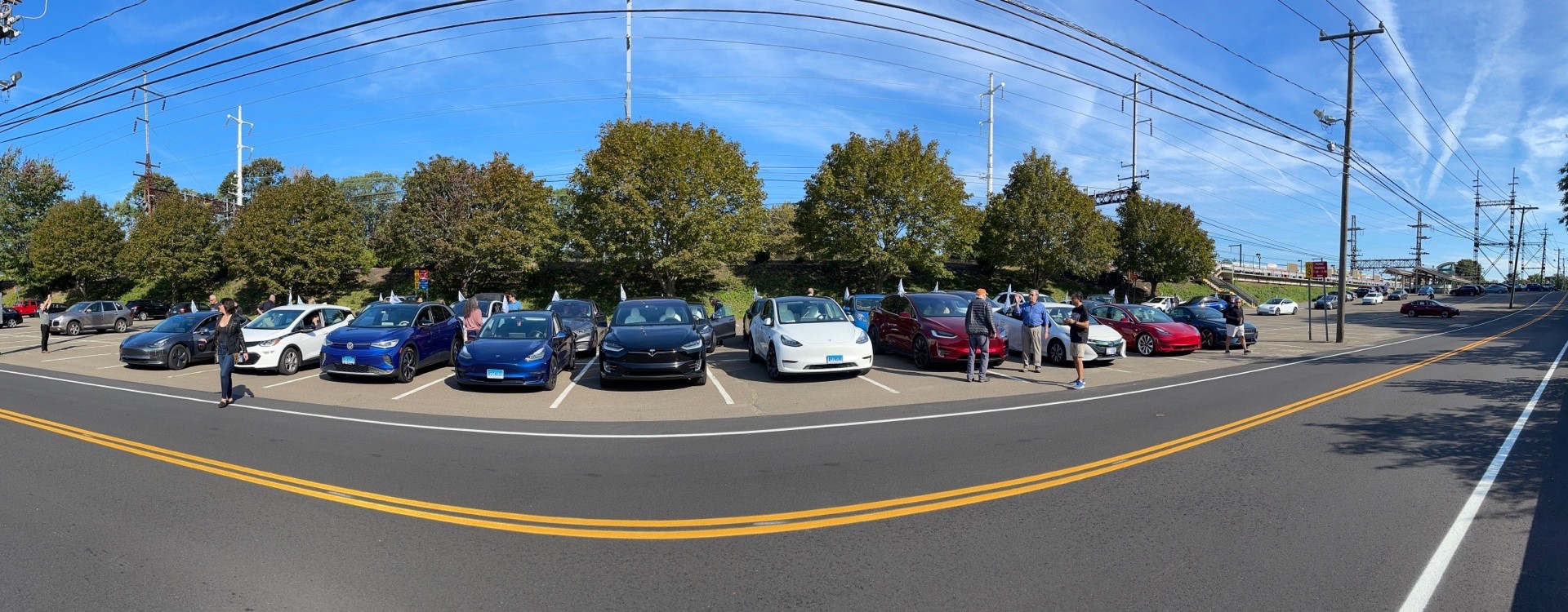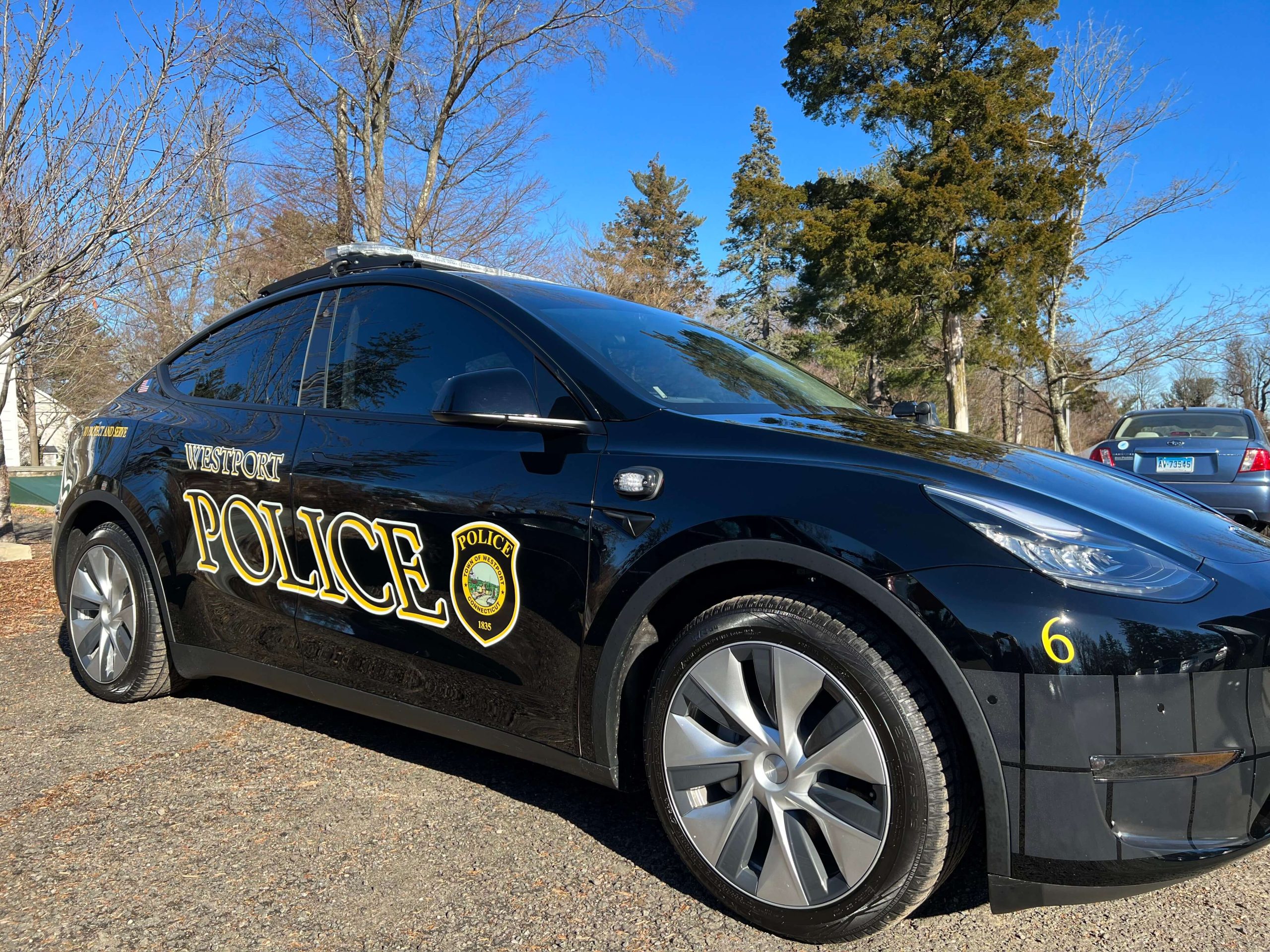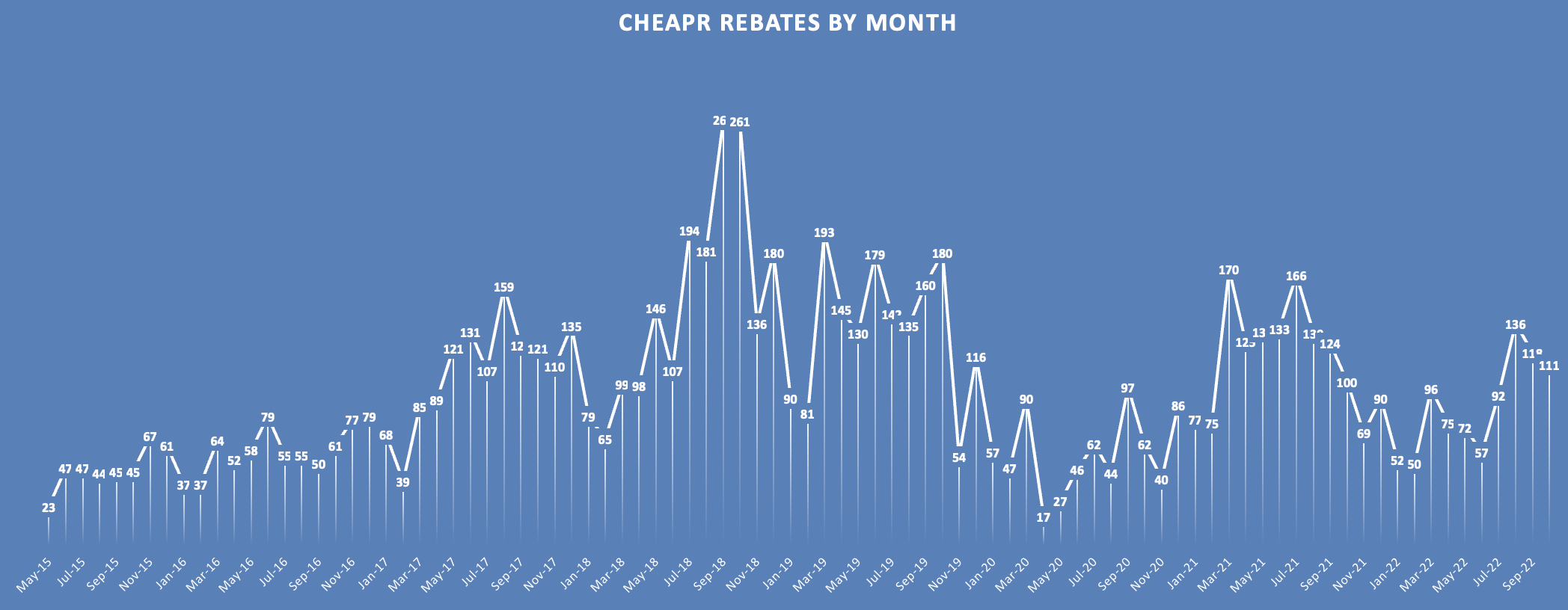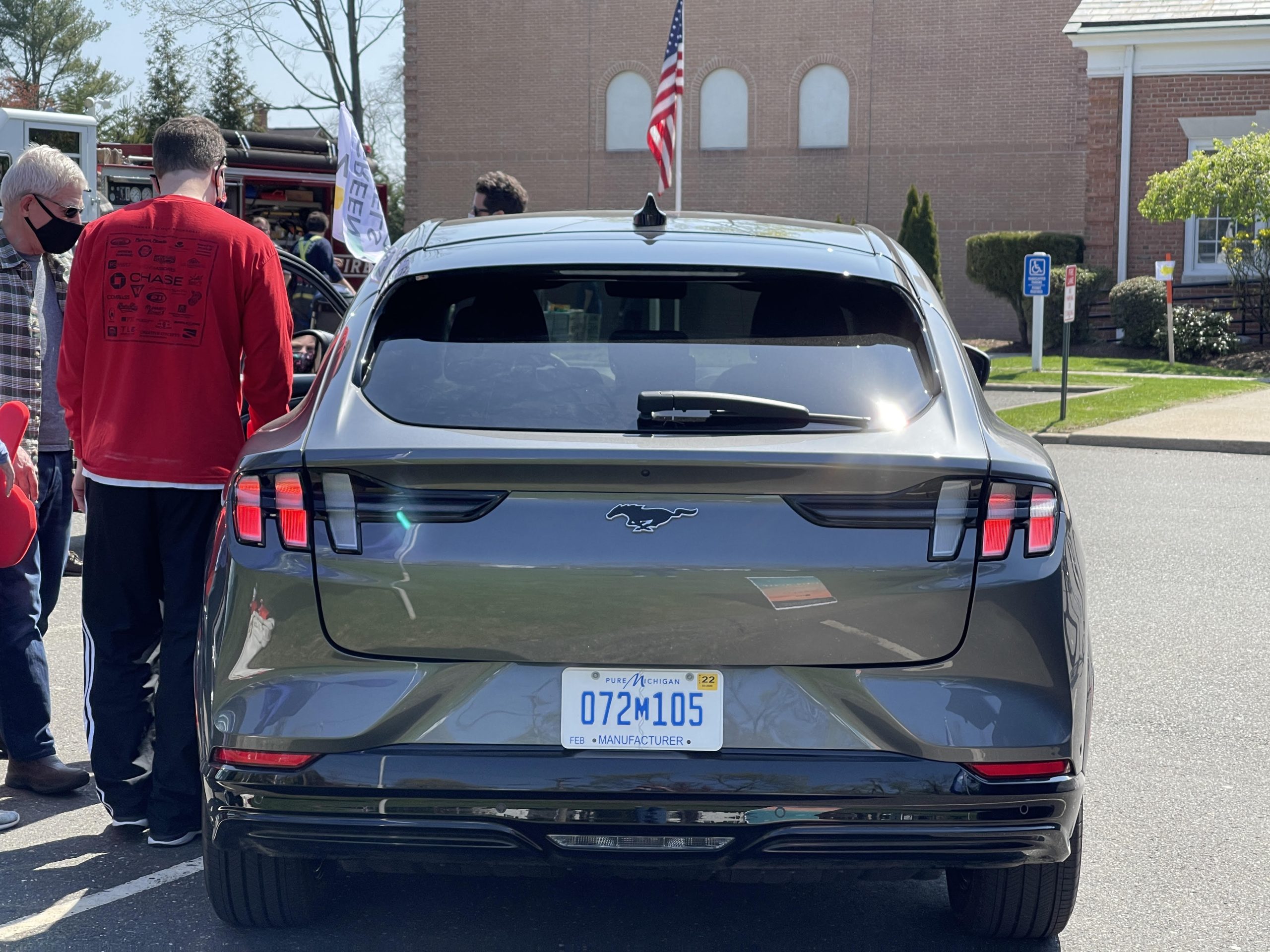IRA Incentives, Leases, and Batteries
EV Manufacturers/Dealers Offering Consumer EV Leases, Incentives Included This is a follow up to a post from January 5, when we first published about a surprising turn of events with respect to eligibility for the … Read more


